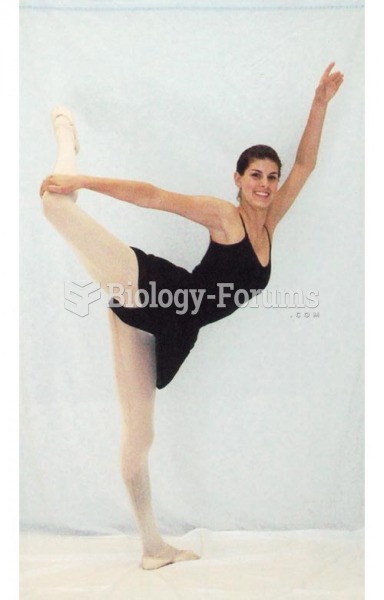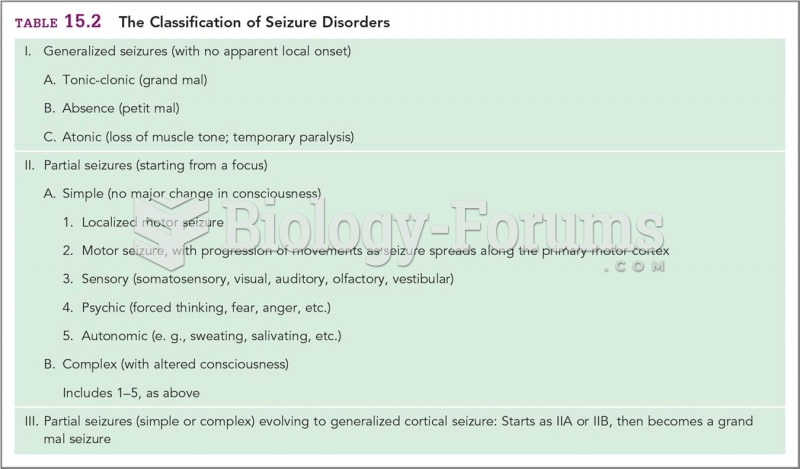This topic contains a solution. Click here to go to the answer
|
|
|
Did you know?
Elderly adults are at greatest risk of stroke and myocardial infarction and have the most to gain from prophylaxis. Patients ages 60 to 80 years with blood pressures above 160/90 mm Hg should benefit from antihypertensive treatment.
Did you know?
People about to have surgery must tell their health care providers about all supplements they take.
Did you know?
Illicit drug use costs the United States approximately $181 billion every year.
Did you know?
The average office desk has 400 times more bacteria on it than a toilet.
Did you know?
Approximately 15–25% of recognized pregnancies end in miscarriage. However, many miscarriages often occur before a woman even knows she is pregnant.







